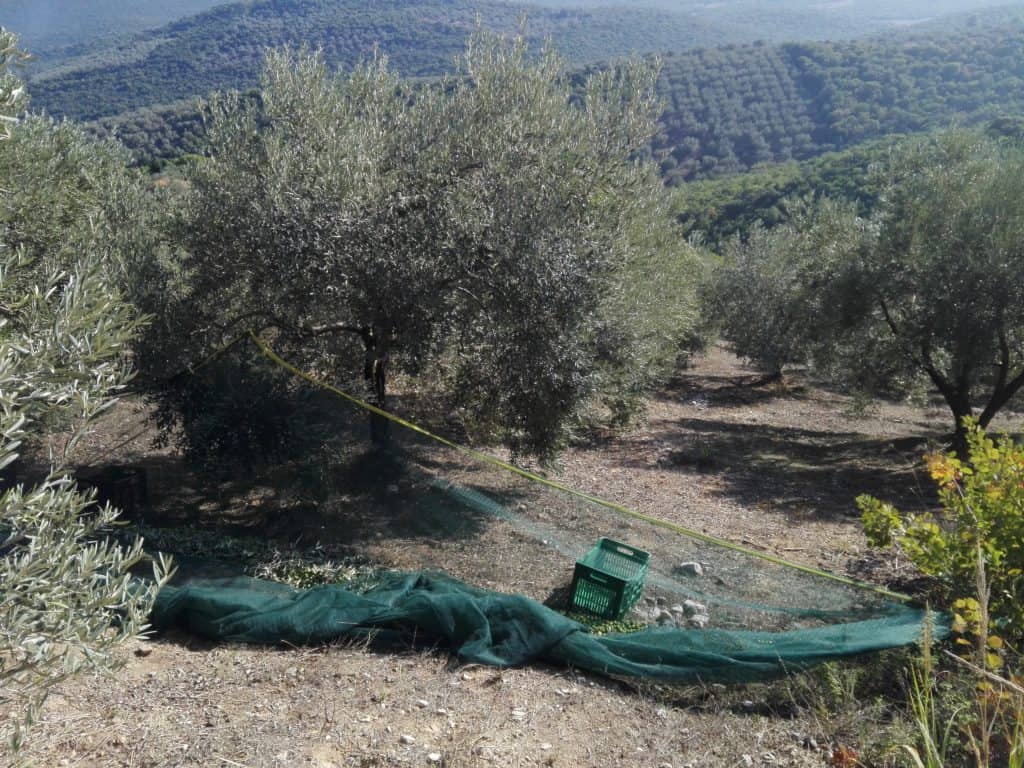Cheap vs Expensive Olive Oil - Buy Smart
Is expensive olive oil worth it? What is the difference between $10 olive oil and $40 olive oil? Is cheap olive oil harmful?
There is no definite answer on whether olive oil should be cheap or expensive. There are both good and bad reasons for olive oil to be either cheap or expensive.
Keep reading to learn how to efficiently purchase olive oil for you and your loved ones.
“Why Is Olive Oil So Expensive?”
High quality olive oil is cold extracted. This means that producers get 1kg of olive oil per 9-11kgs of olive fruit. This olive oil has an increased polyphenol concentration, with certified health benefits. Additionally, many producers have bigger production costs due to earth-friendly practices of cultivation. Of course, there’s always the possibility you are paying extra for a low quality olive oil with good marketing campaigns. Let’s see all the details.Olive Oil Production Cost
There are two types of factors that affect olive oil prices;INTRINSIC FACTORS
Olive oil producers live and work in specific environments with unique social and economic circumstances. Additionally, there are intrinsic natural environment factors, such as climate, relief intensity and olive tree variety properties, that set the context of olive oil production. Olive tree cultivators, olive press owners and merchants need to adapt in circumstances that are related to their immediate environment and to the circumstances that the worldwide supply and demand set. All these factors set the basis for the olive oil production cost. As a result, different countries have different production cost for olive oil and of course, different olive oil qualities and features. Let me give you an example of such factors that apply to Greek olive oil;– Intense Geographical Relief
Olive trees are extremely resilient and can pretty much dominate the Mediterranean scenery, despite its harshness. If you take under consideration that approximately 80% of Greece is mountainous, then you can imagine a typical Greek olive orchard.This feature generates both positive and negative effects;
- a) On the one hand, this intensity makes mechanized cultivation and harvesting practically impossible for most producers. There is no way for producers to utilize heavy olive harvesting equipment in their olive orchards, as a result there is no way for them to bring down harvesting costs through automation. Each tree needs to be harvested “personally”, each olive must be invited to the ground, in the same way it used to happen in Ancient Greece;
Greek, black-figure amphora, depicting the harvesting of olives, 6th century BCE
Caroline harvesting olives in Myrolion’s olive orchard, October 2019
b) On the other hand, it has been found that high altitude olive oil has a better fatty acid composition which results in longer shelf-life and higher nutritional value. With 80% of Greece being mountainous, Greek olive oil gets a headstart when it comes to high quality. As a result, mountainous areas may produce more expensive olive oil, but this cost seems to be balanced by the higher value it offers.
– Intense Spliting of Olive Grove Ownership
When the average olive tree cultivator in Spain owns a few thousands olive trees, the average cultivator in Greece owns 100-200 olive trees. This is the result of Greek individualism. Again we have both positive and negative circumstances that derive from that:
a) Getting started with 100-200 olive trees makes it very difficult to turn it into a profitable, successful olive oil business. As a result, olive tree cultivators need to be very adaptive and smart about their expenses and practices in general.
b) This intense spliting gives rise to an increase diversity in terms of how cultivation is managed and how olive oil is extracted. Many different people have many different opinions on how to produce olive oil. When combined with the intense diversity of Greek olive varieties, it makes Greek olive oil one of the most diverse olive oils, with an extended pallet of flavors and aromas.
BUSINESS MODEL FACTORS
All these intrinsic environmental, social and cultural factors push olive oil producers to specific business models. Essentially there are two business models for olive oil production; quality (or expensive olive oil) oriented and quantity (or cheap olive oil) oriented. So naturally;
– Quality oriented producers can try to increase olive oil quality, and thus price, while others may try to seemingly increase quality to increase price without actually providing an increased value.
– Quantity oriented producers can try to decrease olive oil production costs through investing in efficient equipment and practices, while others can decrease olive oil production cost through bypassing Quality Control and Quality Assurance, or even worse by engaging in adulteration.
As a result, there are both good and bad reasons for expensive olive oil and cheap olive oil.
So the important questions are:
– What is olive oil quality all about?
– Should I use an expensive olive oil or a cheap olive oil?
What is Olive Oil Quality All About?
Olive oil quality is directly related to features that should be present and features that should be missing (defects) from the olive oil.
I. High quality olive oil should first and foremost be Extra Virgin Olive Oil. This means that the olive oil should be within a specific spectrum of chemical features:
| Chemical Property | Extra Virgin Limit |
| Acidity (Free Fatty Acids) | < 0.8 % |
| Peroxides | < 20 mEq O2/kg |
| K232 | < 2.5 |
| K270 | < 0.22 |
| ΔΚ | < 0.01 |
| Sensory Feature | Extra Virgin Limit |
| Fruitiness | Mf > 0 |
| Bitterness | Mb > 0 |
| Pungency | Mp > 0 |
| Defects | Md = 0 |



